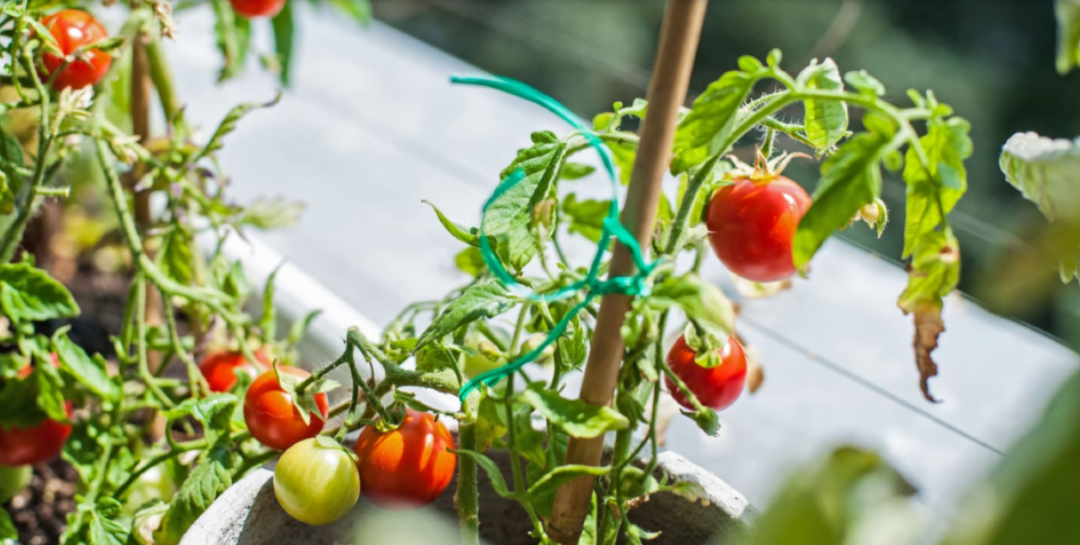For many gardeners, a large property with rows of green peppers and sun-kissed tomatoes as far as the eye can see is just a dream. Many of us either don’t have much soil to call our own, have limited mobility, or are new to gardening and feel intimidated.
But sometimes, smaller is better. I encourage even those who have large properties to start small, increasing the size of their gardens gradually to avoid the weeds and neglected plants that often result when expectations don’t quite align with reality.
The best way to start small is to plant vegetables in containers. And the good news is that in response to the gardening renaissance of the past few years, plant breeders have been scaling down the size of many edibles to accommodate people gardening on rooftops, fire escapes, patios and balconies.
Seek out dwarf or compact varieties of your favorite vegetables. Despite their small statures, most have been bred to produce prolific harvests.
Crops like the aptly named Pot-a-peño peppers, Spacemaster cucumbers, Little Gem and Tom Thumb lettuces, Kitchen Minis Red Velvet tomatoes, Thumbelina carrots, Slim Jim and Patio Baby eggplants, Baby Head cabbages, Bush Baby squash, Peas-in-a-pot and Sugar Baby watermelons won’t disappoint.
And most herbs will grow perfectly well in a pot, as will plants that grow vertically, like pole beans.
The containers, potting mix and location of your plants are just as important to your success as the varieties you select.
Container-grown plants require more water and fertilizer than their in-ground counterparts, so select deep pots; their greater soil volume will retain moisture longer and reduce watering tasks.
Clay and terracotta absorb and evaporate water quickly, so metal, plastic, resin and glazed pottery containers are better choices. All containers should have drainage holes in the bottom to allow excess water to escape and help prevent fungal diseases and root rot.
Never use garden soil in containers; it’s too heavy and can harbor pests and diseases. Opt instead for a high-quality, organic, soilless potting mix, and add an organic, granular fertilizer if the mixture doesn’t already contain one. After planting, top the soil surface with one-half to 1 inch of mulch to reduce evaporation, keep soil temperature even and prevent weed seeds from taking hold.
When selecting a spot for containers, consider that most edibles require a minimum of 6 hours of sunlight daily. Greens, carrots, beans and beets can get by with less, so are good choices for partly shady sites.
Herbs should be planted in pots no smaller than a half-gallon in size; dwarf cultivars of cabbage, cucumbers, lettuces and peas do best in 2-gallon containers; and dwarf carrots, eggplants, peppers, squash and tomatoes require 5-gallon containers that are at least 15-inches wide. Plant watermelons in 8- to 10-gallon pots.
Potatoes can be grown in bushel baskets; add a plastic liner in which you’ve poked drainage holes, and top with a layer of pebbles before adding potting mix.
Apply a water-soluble fertilizer to vegetables once every week to 10 days throughout the season. Herbs typically don’t require additional fertilizer beyond that incorporated at planting time.
Check the soil for moisture daily by sticking your finger 2 inches deep and watering when it feels dry near the roots. Less-frequent, deep waterings trump daily sprinkles. Apply water slowly until it drains from the bottom, and aim for moist, but not soggy, soil.
With the right plants and a little planning, you’ll find even a small space can reap a large harvest.











